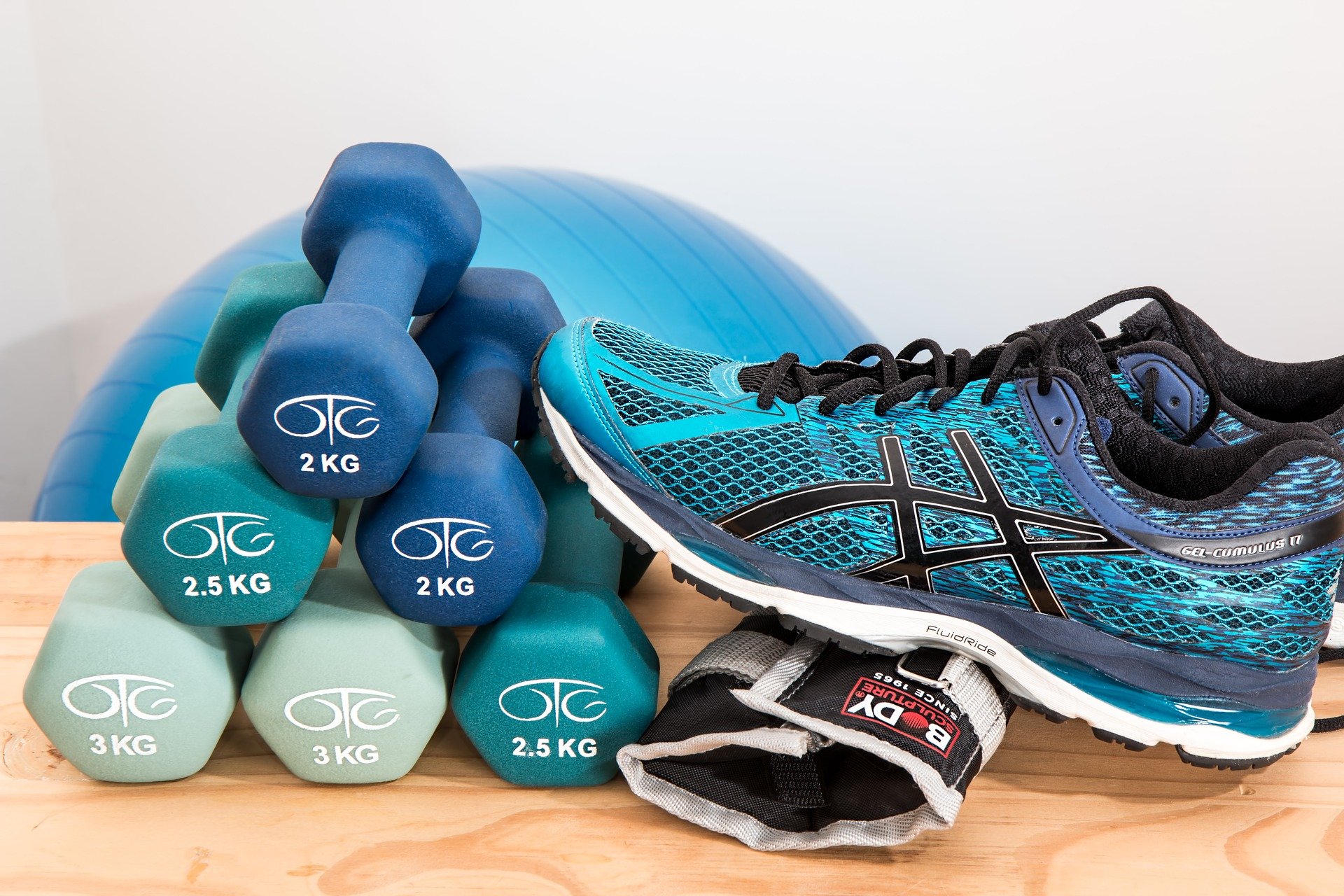Osteopathy treatments first begin with a diagnosis of the symptoms being suffered. A hands-on approach is used to examine affected areas, with the osteopath putting the patient through various simple movements. After this assessment, a discussion is carried out to figure out if osteopathic treatment is the best option and what kind of programme should be followed. On average, these treatment programmes should lead to full recovery within a period of 6-8 weeks.
There are different types of techniques that may be applied in this manual therapy, depending on the patient’s condition. These techniques can include massage, stretching exercises, articulation, muscle release, and high-velocity thrusts. The first session may last up to an hour with subsequent ones often limited to just 30 minutes. Many patients do see improvement after just a few sessions. Even where symptoms become fully alleviated, it is not uncommon to find patients returning for preventative treatments for extended periods thereafter.
A common concern that many patients that first try this treatment option have is what they should do as after-care. As part of their recovery and in a bid to boost their overall health, many may even wonder if they should exercise to support this therapy. Here we will address what to expect from your treatments and what you should do in between sessions.
What to Expect from Treatment?
As mentioned, different techniques are used in osteopathy. Some are more rigorous than others. Generally, these techniques tend to be painless when carried out by a qualified osteopath. During the session and thereafter, you should experience some relief from pain symptoms.
However, it is possible to feel mild to moderate levels of soreness. Some patients can also experience mild headaches or fatigue. These effects will usually clear within a day or two. Be assured that osteopathy is a safe and effective therapy, even with the possible mild side effects. If you however develop any worrying symptoms, be sure to inform your osteopath immediately.
Soreness is a sign that the body is healing. it usually means that there is increased blood circulation in the affected area. This helps to deliver healing nutrients and remove toxins. This reaction is normal and should not be cause for worry.
Should You Exercise After Osteopathy Treatment?
Avoid strenuous exercise during the next couple of days after a treatment session. More so if you are feeling any mild side effects. This will ensure your body has enough energy to put towards healing. If you start to work out too soon, you will be redirecting your energy supplies towards other areas, causing the healing process to slow down and affect recovery.
The pain relief experienced from osteopathy does often encourage patients to engage in more rigorous physical activity that they may have previously had to avoid. However, just because you suddenly feel good enough to hit the gym does not mean you should. You need to give your physiology a chance to heal and incorporate the treatment it has just had.
Osteopathic treatments help to reorganise and realign body systems for the better. Applying new stress before this correction is settled can cause more harm than good. You can however take up some mild exercise like walking, Hatha yoga, stretches, and swimming. Keeping up your mobility is important, and can help promote tissue healing and reduce inflammation. But be gentle on your body.
Where you have a fitness regime that you follow, do consult with your osteopath. He or she can help you organise your routine so you partake of rest days or lighter exercise in the days immediately after your sessions, and resume normal activity later.
Other Aftercare Guidelines
Rest
After your osteopathy sessions, you will be advised to get enough rest to support the re-organisation process that comes from the techniques applied. Your body will be in a delicate state and should be treated gently. Avoid any exercise for the rest of the day, besides a short walk immediately after the session, and engage in only gentle exercise in the days after.
Walk
The walk immediately after the session is advisable if you are going to have a long drive as you head home. Sitting for a long period is not ideal, so get that circulation going before settling in for the ride home. This can also help get your body used to its new balance.
Hydration
Drink plenty of water during the first couple of days following treatment sessions. Especially if you are feeling tired and sore. It could be a sign that your body tissues are feeling tight and have trapped metabolites. Drinking more water will help encourage better circulation and elimination of toxins.
Hot Shower
Depending on your health condition, it may help to have a hot shower or bath after a session. this may help to relieve muscle soreness and tension. It can also further boost blood circulation that will promote faster healing and reduce inflammation. This remedy is however not suitable for everyone, so consult with your osteopath before applying it.
Diet
The food you eat provides the nutrients that will support the healing process. Discuss your diet with your osteopath or consult with a nutritional therapist to ensure you are getting sufficient amounts of the essential vitamins and minerals you need for effective recovery.
Be sure to also avoid taking up other physical therapies to relieve any effects of osteopathy. Like going for a massage to try and relieve sore muscles. This can lead to overstimulation of your system that can disrupt the healing journey you are already on.


